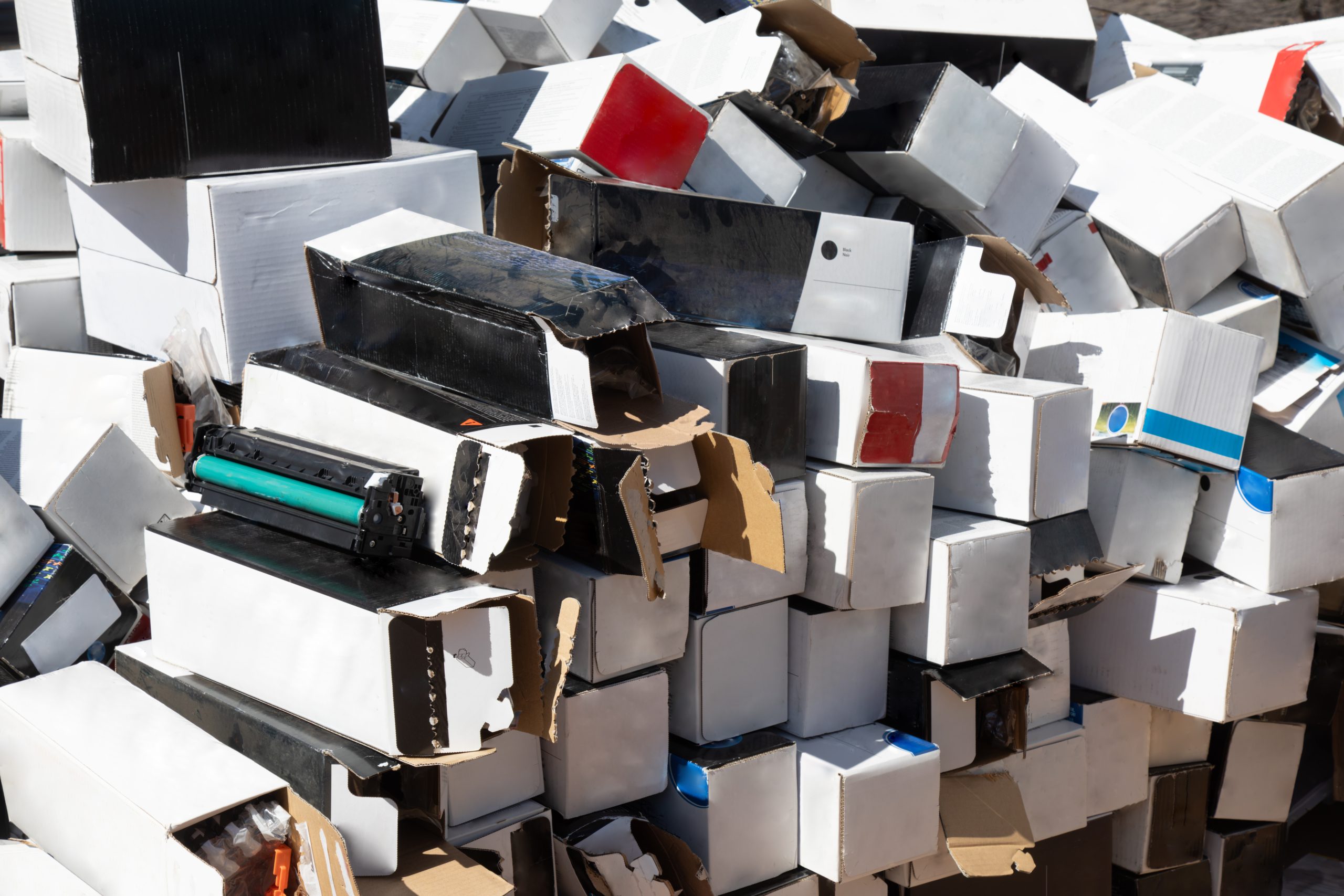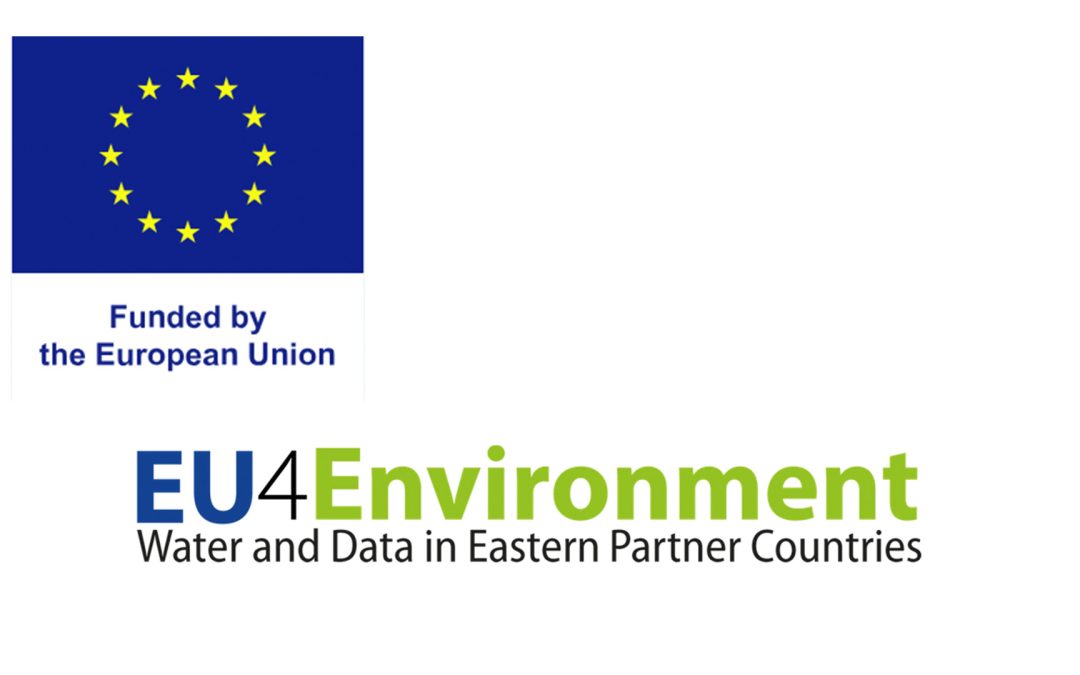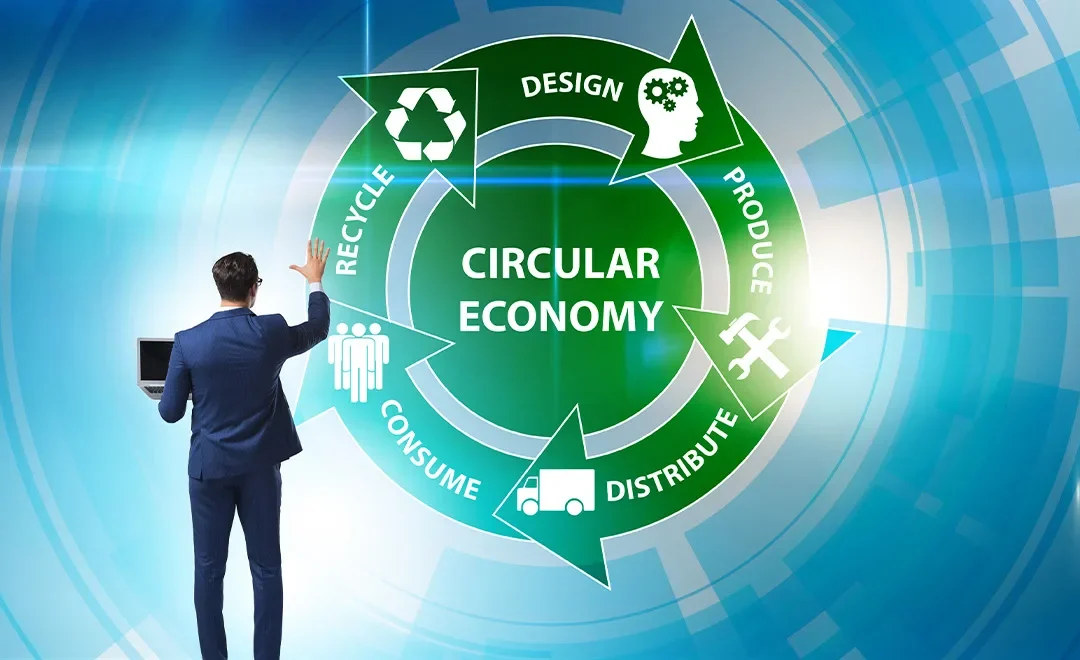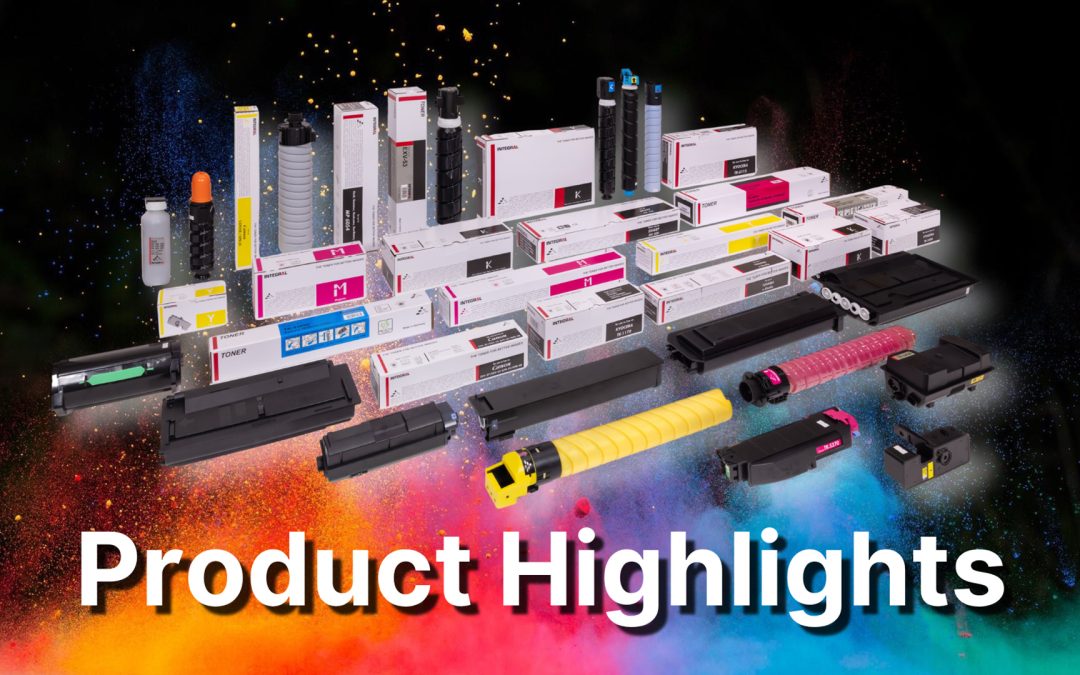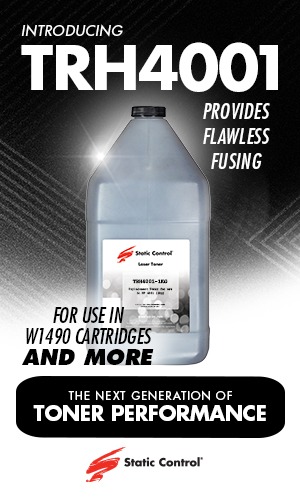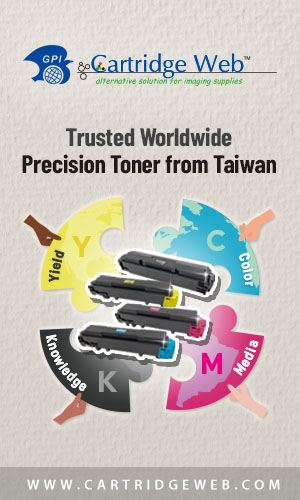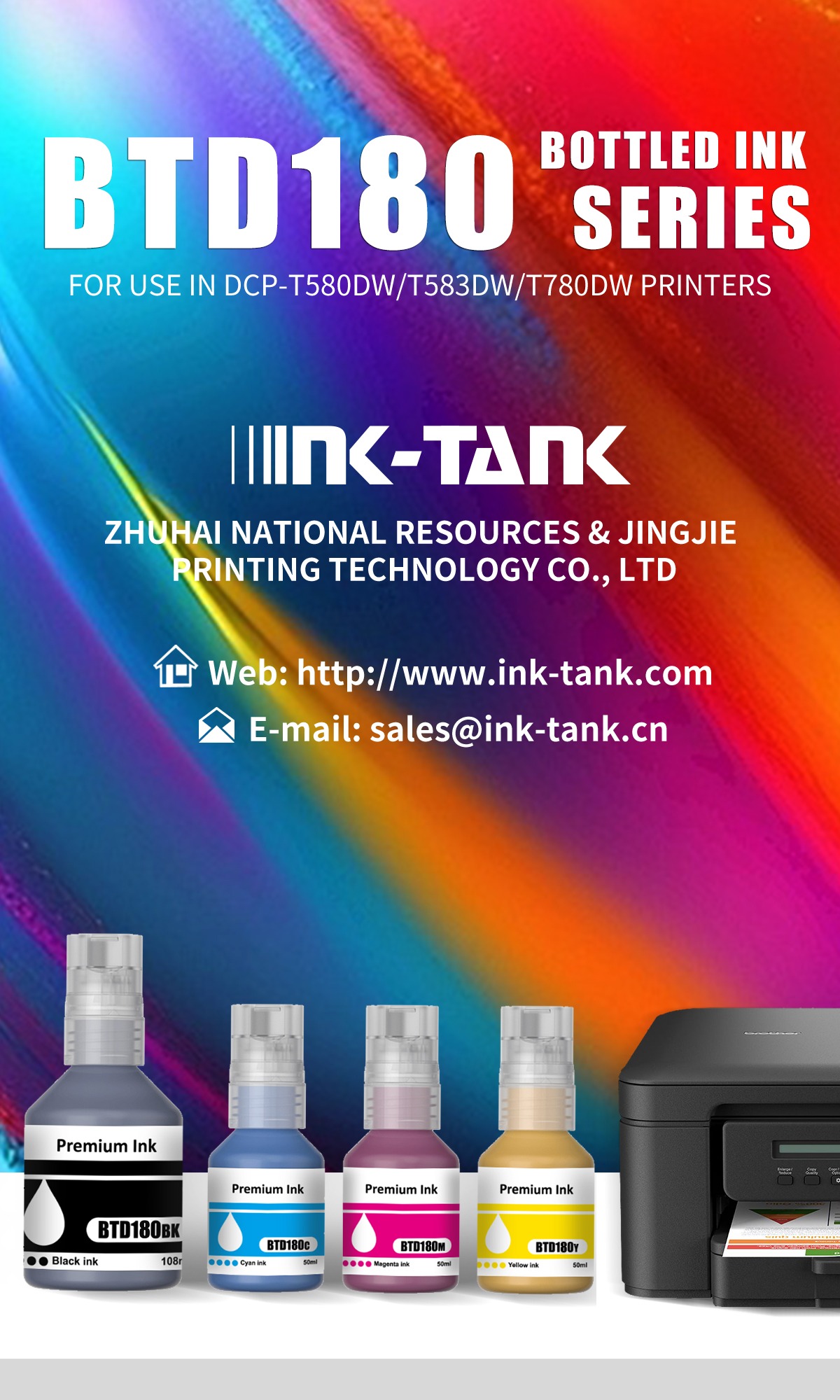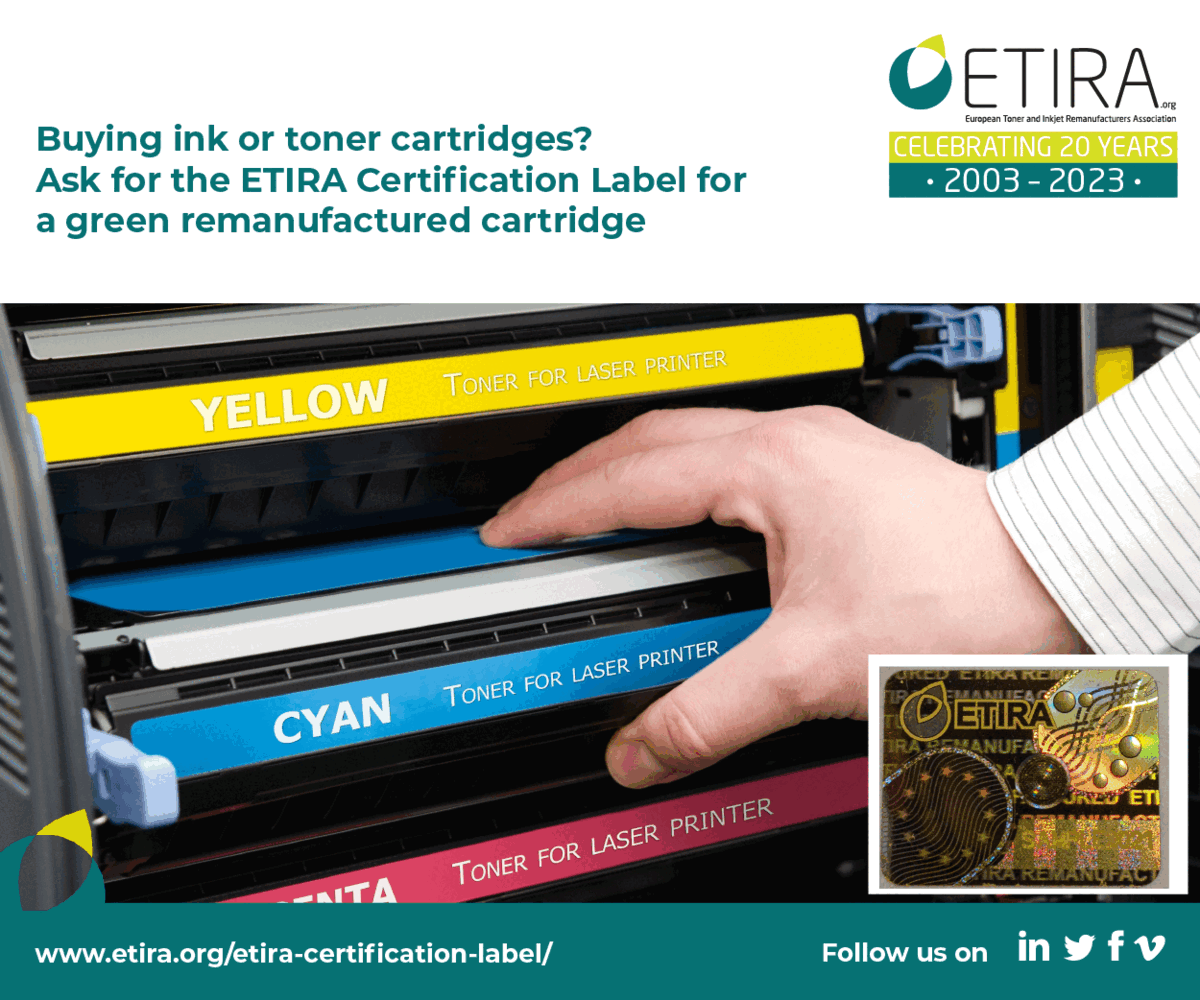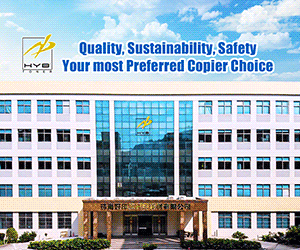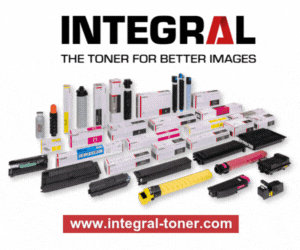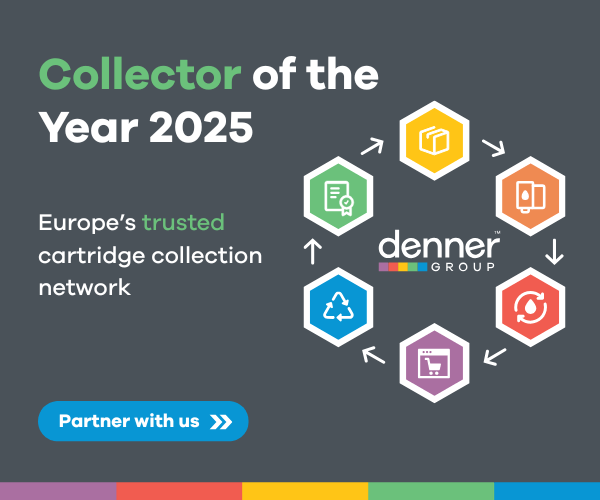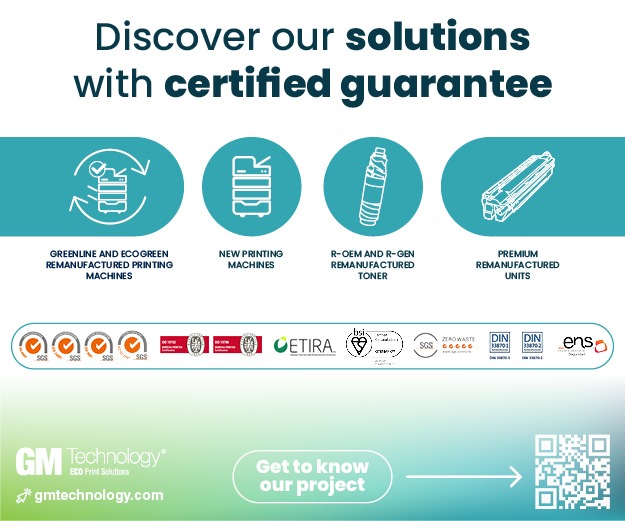The European Commission has confirmed that the WEEE Directive needs reform, citing poor collection rates, weak enforcement, and limited recovery of critical raw materials. A shift towards reuse over recycling could offer new opportunities for the imaging sector — if fair treatment and enforcement are in place.
The European Commission has published its long-awaited evaluation of the Waste Electrical and Electronic Equipment (WEEE) Directive, confirming that while the legislation remains relevant, it is not delivering the outcomes the EU needs. Collection levels, reuse, and the recovery of critical raw materials (CRMs) all fall short of expectations.
The WEEE Directive, in place for over 20 years, sets the framework for how electronic and electrical waste is collected, treated and recycled across the EU. The evaluation describes it as “relevant, coherent, proportionate”, and consistent with other EU policies. But the report also identifies five key shortcomings: poor collection rates, limited CRM recovery, fragmented EPR schemes, inconsistent treatment standards, and an outdated product scope.
Nearly half of the WEEE generated in the EU is still not being collected. In 2022, only Bulgaria, Latvia and Slovakia met the 65% collection target. The Commission cites economic disincentives, poor enforcement, illegal exports and lack of infrastructure. Different calculation methods across Member States also hinder progress.
For the imaging sector, these findings reinforce concerns raised in last month’s Recycler report on the WEEE reform process. At that time, the Commission had signalled a shift toward reuse. Today’s evaluation strengthens that signal. While the Directive has encouraged sound treatment, it has done little to support reuse or remanufacturing. The current emphasis on recycling over reuse has led to a loss of value, particularly for printer cartridges and imaging equipment.
 Commissioner for Environment Jessika Roswall said: “We must unlock the potential of electronic waste to advance the clean transition… recovering critical raw materials is essential to boost the EU’s competitiveness and economic security.”
Commissioner for Environment Jessika Roswall said: “We must unlock the potential of electronic waste to advance the clean transition… recovering critical raw materials is essential to boost the EU’s competitiveness and economic security.”
Only 40% of WEEE is currently recycled. Fewer than a quarter of EU recycling facilities apply high-quality treatment standards. As a result, many valuable materials, including copper, rare earths, gallium and tungsten, are lost to landfill or incineration.
In the imaging sector, the problem is made worse by new-build cartridges and printers sold into the EU without contributing to Extended Producer Responsibility (EPR) schemes. Bulk imports and direct-to-consumer (D2C) sales often bypass national systems. Compliant producers and remanufacturers are left to carry the costs.
The evaluation highlights this gap, pointing to the failure to enforce EPR rules on online sellers. Industry stakeholders are now calling for stricter marketplace regulation, mandatory registration of producers, and harmonised enforcement across the bloc.
As part of its wider circular economy strategy, the Commission has also announced the adoption of a legal act to establish a fully digital EU-wide Waste Shipment System by May 2026. This system will replace paper-based procedures for moving waste between Member States, improving traceability, cutting red tape, and reducing illegal exports. For the imaging sector, digital tracking of collected cartridges and hardware could help expose free riders and provide authorised remanufacturers with fairer access to reusable materials. The new system may also clarify classification issues, helping distinguish reusable components from waste, a long-standing sector challenge.
These actions are part of a broader circular economy package launched this week to support the forthcoming Circular Economy Act, which is expected to be introduced in 2026. The Commission’s goal is to double the share of recycled material in the EU economy and become a global leader in circularity by 2030.
The original WEEE Directive brought the sector together in 2001, when late-stage lobbying by imaging industry stakeholders led to changes in the final text and the creation of ETIRA in 2002. With today’s evaluation published and the Circular Economy Act on the horizon, the industry faces another pivotal moment. The tools to drive reuse, recover valuable materials, and hold all producers equally accountable are now on the table. What matters next is how they are implemented — and whether the sector speaks with one voice.

